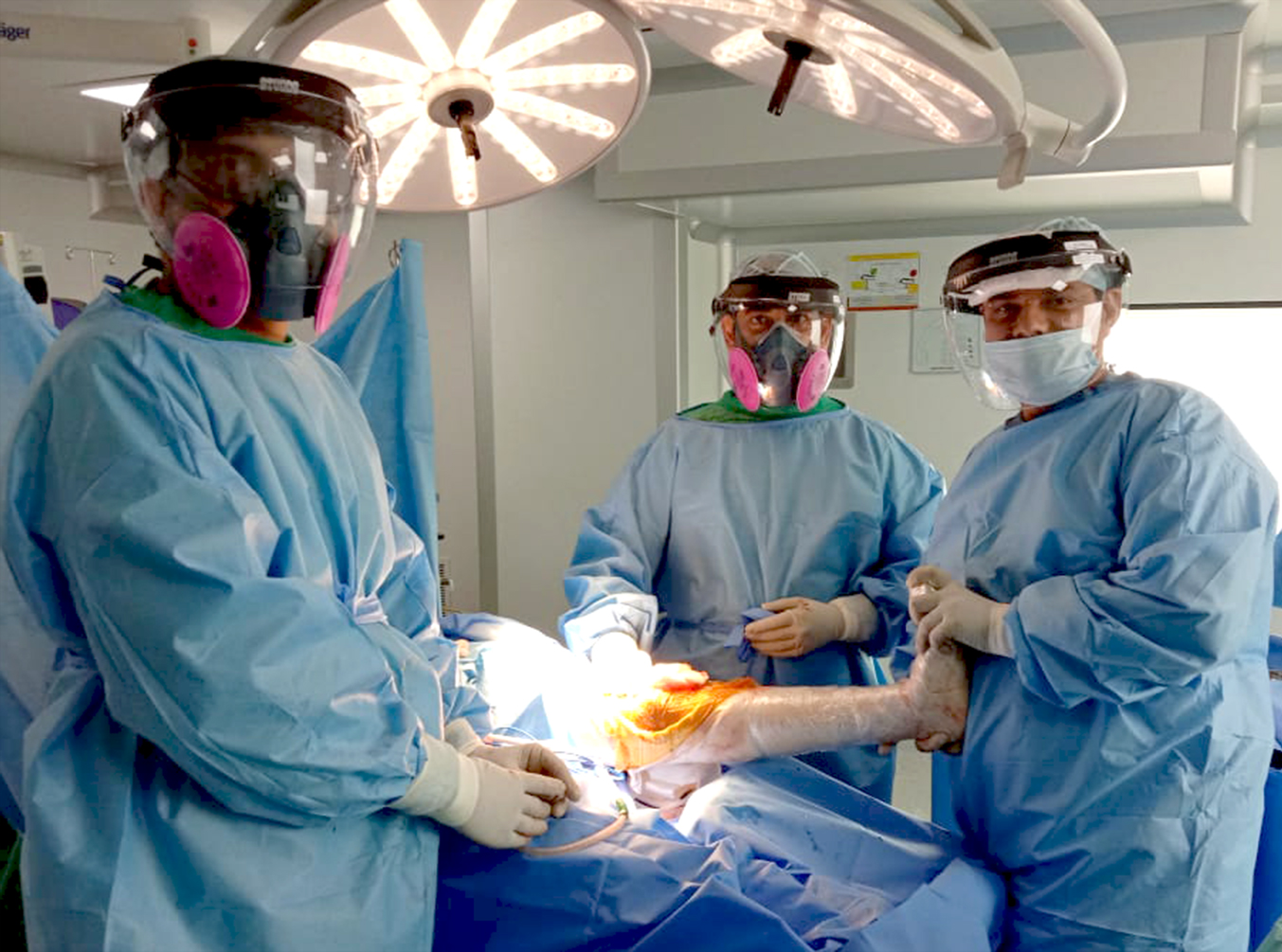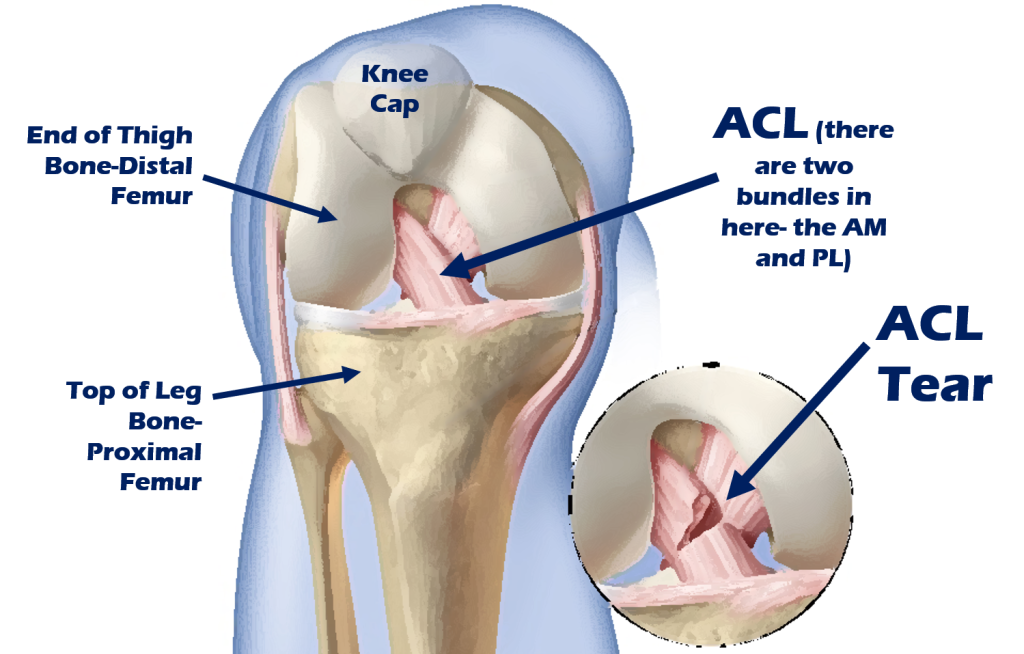In order to ensure a correct fit with the rest of your implant, the surgeon will need to flatten the patella and fit it with an additional plastic part before returning the patella to its normal location. If required, the plastic fragment is cemented into the underlying bone.
To ensure that the implant is functioning properly, and that alignment, sizing, and positioning is sufficient, the surgeon will bend and flex the knee. The surgeon will close the incision with stitches or staples to complete the operation, and then bandage it and brace you for recovery. In a continuous passive motion (CPM) unit, you will leave the operation room with your leg, which will gently bend and flex your new knee for you as you lie down.
To sum up under the combination of general anesthesia, peripheral nerve blocks, and spinal (epidural) anesthesia, most knee replacement surgery is carried out. To minimize the risk of infection, you will also receive at least one dose of antibiotics.
Those surfaces are then replaced by an implant of metal. The backside of the kneecap is usually replaced by a piece of special plastic and, eventually, this same plastic material is inserted between the two metal pieces.




